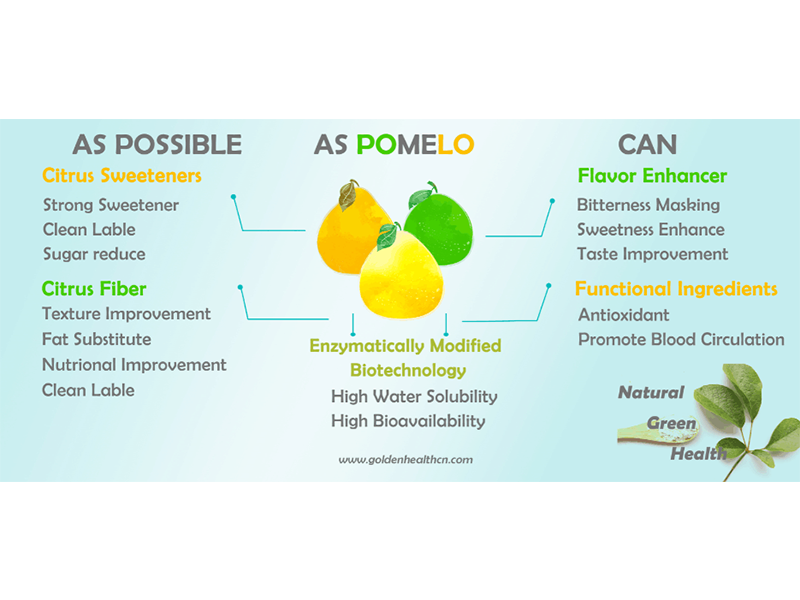甜味剂种类介绍
你知道甜味剂的分类吗?甜味剂大致分为以下几类:
高甜度甜味剂:高甜度甜味剂具有甜度高、热量低、不易引起龋齿、安全性高等优点,该类甜味剂大部分为非糖物质,在代谢过程中不受胰岛素的控制,不会引起肥胖和血压升高,适合糖尿病及肥胖症患者作为甜味替代品。
功能性甜味剂:功能性甜味剂(现阶段主要为寡糖)不仅具有低热量、高稳定性、安全无毒等特点,还具有促进益生菌繁殖、抑制有害菌生长的功能。
高甜度甜味剂:高甜度甜味剂具有甜度高、热量低、不易引起龋齿、安全性高等优点,该类甜味剂大部分为非糖物质,在代谢过程中不受胰岛素的控制,不会引起肥胖和血压升高,适合糖尿病及肥胖症患者作为甜味替代品。
功能性甜味剂:功能性甜味剂(现阶段主要为寡糖)不仅具有低热量、高稳定性、安全无毒等特点,还具有促进益生菌繁殖、抑制有害菌生长的功能。

